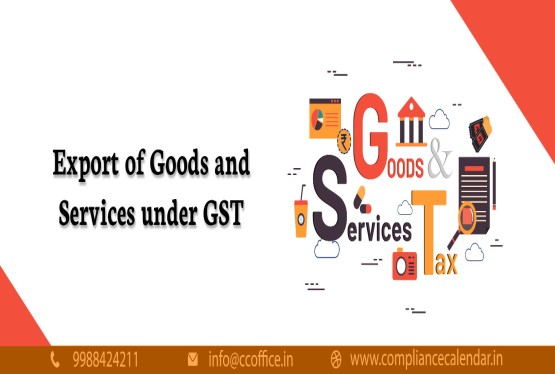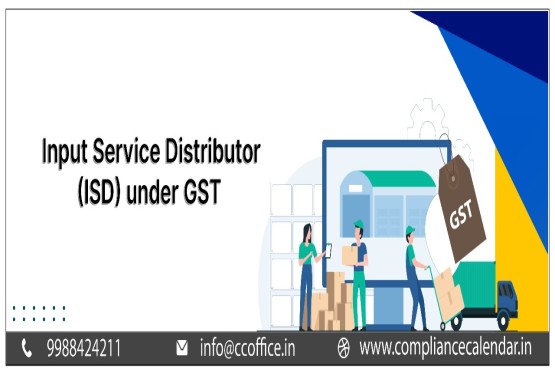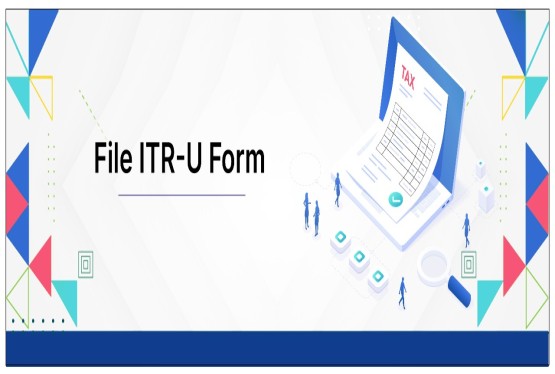The process of filing an Income Tax Return (“ITR”) is a fundamental obligation for taxpayers in India. For the income earned during the financial year 2024-25, which spans from April 1, 2024, to March 31, 2025, the corresponding assessment year is 2025-26. Ensuring compliance with income tax regulations necessitates the accurate selection of the appropriate ITR Form. The Income Tax Department of India has established a framework of different ITR forms, each tailored to specific categories of taxpayers and their sources of income. Utilising the correct form is important to avoid potential issues such as rejection of the return or imposition of penalties. Taxpayers must, therefore, carefully evaluate their income profile and taxpayer status to determine the form that aligns with their circumstances.
ITR Forms for FY 2024-25 (AY 2025-26) and Their Applicability
There are seven primary ITR forms designated for various types of taxpayers for the Financial Year 2024-25 (Assessment year 2025-26):
ITR Form 1 (SAHAJ)
ITR Form 1, also known as SAHAJ, is designed for resident individuals (excluding those classified as Not Ordinarily Resident) whose total income does not exceed Rs.50 lakhs. The permissible sources of income for this form include income from salaries, income from one house property, income from other sources (such as interest), excluding winnings from lotteries or income from racehorses, and agricultural income up to Rs.5,000. However, certain individuals are not eligible to use ITR 1.
This includes those holding a director position in a company or those who have made investments in unlisted equity shares. Furthermore, individuals with any assets or income located outside India are also precluded from using this form. These exclusions suggest that taxpayers with more complex financial affairs or specific roles and investments are required to use more complete ITR forms.
ITR Form 2
ITR Form 2 is applicable to individuals and Hindu Undivided Families (HUFs) who have income from sources such as salaries, income from multiple house properties, capital gains, income from foreign investments, and agricultural income amounting to Rs.5,000 or more. A key distinction of this form is that the total annual income can exceed Rs.50 Lakhs.
It is important to note that ITR 2 is not to be used by those who have income in the form of gains or profits from a business or profession. This separation ensures that business and professional income, which often involves more intricate accounting and reporting requirements, is addressed through a different form.
ITR Form 3
ITR Form 3 is intended for individuals and HUFs who have income from all the sources covered under ITR 2, in addition to having gains and profits from a business or profession. This form serves as a complete return for those who derive income from a variety of sources, including entrepreneurial activities.
Notably, partners of a firm can also file their returns using ITR Form 3. This provision acknowledges the specific income structure of individuals involved in partnership firms.
ITR Form 4 (SUGAM)
ITR Form 4, also known as SUGAM, is designed for resident individuals, HUFs, and firms (other than Limited Liability Partnerships - LLPs) with a total income of up to Rs.50 lakhs. The primary income that this form caters to is income from business and profession that is computed under the presumptive income scheme as per sections 44AD, 44ADA, and 44AE of the Income Tax Act, 1961. This scheme aims to simplify the tax filing process for small businesses and professionals by allowing them to declare their income at a predetermined rate.
Additionally, ITR 4 can also be used for income from salaries, one-house property, other sources (excluding lottery winnings or income from racehorses), and agricultural income up to Rs.5,000. Similar to ITR 1, individuals holding a director position in a company or those who have invested in unlisted equity shares are not eligible to file ITR 4.
ITR Form 5
ITR Form 5 is applicable to persons other than individuals, HUFs, companies, and those who are required to file ITR Form 7. This category primarily includes firms, LLPs, Associations of Persons (AOPs), and Bodies of Individuals (BOIs). This form serves as a general return for various forms of business and organisational structures that do not fall under the other specific ITR categories.
ITR Form 6
ITR Form 6 is designated for all companies, with the exception of those that are claiming exemption under Section 11 of the Income Tax Act 1961, which pertains to income derived from property held for charitable or religious purposes. This form is the standard return for the majority of companies operating in India. The exclusion of companies claiming exemption under Section 11 indicates that these entities have distinct reporting obligations that are addressed through a different ITR form.
ITR Form 7
ITR Form 7 is to be used by persons, including companies, who are required to furnish returns under sections 139(4A), 139(4B), 139(4C), and 139(4D) of the Income Tax Act 1961. These sections cover specific types of income, such as income from property held under trust for charitable or religious purposes, income from political parties, income from scientific research associations, income from educational or medical institutions, income from news agencies, and returns filed by colleges, universities, or other institutions that are not required to file under any other provisions. This form caters to entities with particular legal and operational frameworks that necessitate specific reporting.
Procedure for Online Filing of ITR Forms
The filing of Income Tax Returns for the FY 2024-25 commenced on April 1, 2025. For taxpayers who are not subject to audit requirements, the deadline for filing the return is July 31, 2025. Businesses that require an audit have an extended deadline, which typically falls on October 15 or November 30, 2025, depending on specific circumstances.
The primary method for filing an ITR is online through the official portal of the Income Tax Department i.e. https://eportal.incometax.gov.in/iec/foservices/. The general steps involved in online filing are as follows:
1. Access the Income Tax Portal and log in using your Permanent Account Number (PAN)/Aadhaar and password.
2. Go to the 'e-File' section and select the option to 'File Income Tax Return'.
3. Choose the relevant Assessment Year, which is 2025-26.
4. Select the appropriate ITR form based on your income sources and taxpayer category. The portal may offer suggestions based on pre-filled data.
5. Provide the necessary details regarding your income from various sources, tax deductions, and exemptions. It is advisable to verify the pre-filled data with Form 26AS and the Annual Information Statement (“AIS”).
6. Review the calculated tax liability to determine if any additional tax is payable or if a refund is due.
7. Submit the ITR and complete the e-verification process using options such as Aadhaar OTP, net banking, or a digital signature.
8. Upon successful filing, download the acknowledgement receipt, known as ITR-V, for your records.
The Income Tax Department also provides updated ITR Forms for those who need to file a return after the original deadline. For Assessment Year 2025-26, these updated forms (ITR 1 to 7) are available on the portal, and taxpayers are advised to use the respective Excel utility to prepare and file these returns.
While the facility for filing rectification applications before the Assessing Officer is currently enabled up to Assessment Year 2023-24, it highlights the existence of mechanisms for correcting any errors in previously filed returns. Taxpayers also have the option to download offline utilities (Excel-based) for filling the ITR forms and then uploading the generated JSON file to the portal for submission.
Conclusion
Selecting the correct ITR form for the Financial Year 2024-25 (Assessment Year 2025-26) is paramount for ensuring compliance with Indian tax regulations. Taxpayers must carefully assess their income sources, total income, and taxpayer category to identify the appropriate form from the seven available options. Utilising the official Income Tax Department portal for online filing is the most efficient and recommended method.
It is important to adhere to the specified deadlines to avoid potential penalties. For the most current information, detailed instructions, and any specific notifications related to ITR filing for FY 2024-25 (AY 2025-26), taxpayers should refer to the official website of the Income Tax Department of India. Accurate and timely filing of income tax returns is not only a legal obligation but also a basis of responsible financial management.
If you need any support in ITR Filing you can connect with Compliance Calendar experts through mail or Whatsapp/Call at +91 9988424211.
Frequently Asked Questions (FAQs)
Q1. What are the key factors to consider when choosing the correct ITR form?
Ans. To choose the correct ITR form, you should primarily consider the following:
-
Your Income Sources: Determine all the sources from which you earned income during the financial year (e.g., salary, house property, business/profession, capital gains, other sources).
-
Your Total Income: Check if your total income exceeds Rs.50 lakhs, as this can impact the eligibility for certain forms like ITR-1 and ITR-4.
-
Your Taxpayer Category: Identify whether you are an individual, HUF, company, firm, etc.
-
Specific Inclusions/Exclusions: Be aware of specific conditions that might make you ineligible for certain forms (e.g., holding a director position, having foreign assets, income from business/profession for ITR-1).
Q2. Can I file a revised ITR if I made a mistake in my original return?
Ans. Yes, you can file a revised Income Tax Return if you have made any mistake or if you discover any omission in your originally filed return. However, there are time limits for filing a revised return. For Assessment Year 2025-26, the last date to file a belated or revised return is generally December 31, 2025. It's important to file the revised return within this timeframe to avoid any penalties or issues.
Q3. What are the consequences of filing the wrong ITR form?
Ans. Filing the wrong ITR form can lead to several issues, including:
-
Rejection of the Return: The Income Tax Department may reject your return if you have used an incorrect form.
-
Processing Delays: It can cause delays in the processing of your return and any potential refund.
-
Issuance of Notices: You might receive a notice from the Income Tax Department asking you to file the correct form.
-
Imposition of Penalties: In some cases, you could face penalties for not complying with the correct filing procedures.
Therefore, it is crucial to carefully select the appropriate ITR form based on your income and taxpayer status.
Q4. Where can I find detailed instructions for filling out each ITR form?
Ans. Detailed instructions for filling out each ITR form are usually available on the official website of the Income Tax Department of India (https://www.incometax.gov.in/iec/foportal/). You can typically find these instructions in the "Downloads" or "Forms" section of the website. These instructions provide guidance on who should use each form and how to fill in the various fields accurately.
Q5. What if my income situation changes during the financial year? Which ITR form should I use?
Ans. The ITR form you need to file is determined by your income and taxpayer status during the financial year (April 1, 2024, to March 31, 2025). Even if your income situation changes during this period, you will still need to choose the ITR form that best reflects your overall income profile for the entire financial year. For instance, if you started a business mid-year, and your total income includes both salary and business income, you would likely need to file ITR-3.









_crop10_thumb.jpg)


















































































_for_FY_2025-26_crop10_thumb.jpg)












_learn_crop10_thumb.jpg)







_Filing_Due_Dates_for_FY_2024-25_learn_crop10_thumb.jpeg)
























